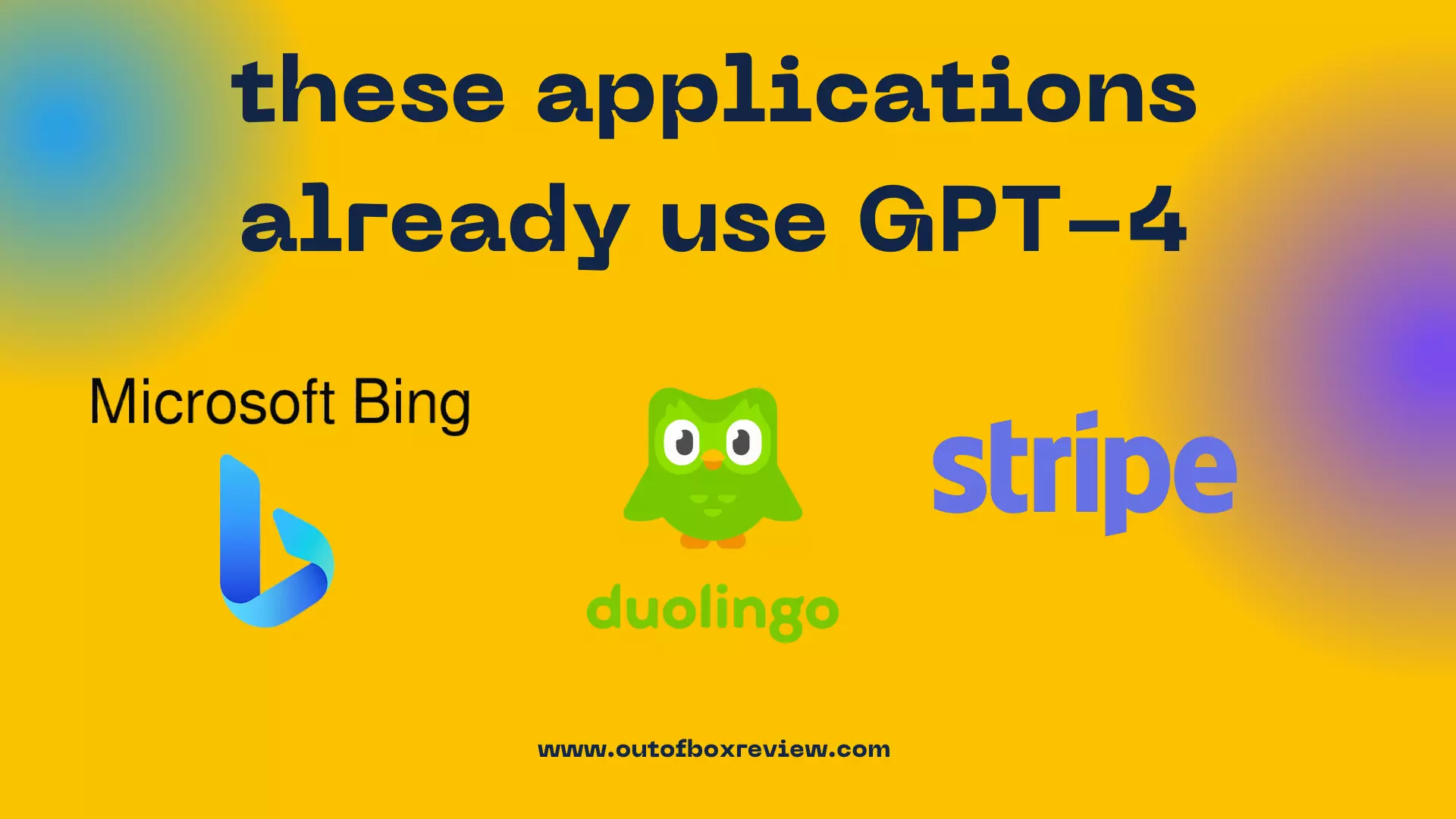Discover the first use cases of OpenAI multimodal artificial intelligence,The announcement was highly anticipated: OpenAI has just unveiled GPT-4, its new multimodal AI model. Here are 7 applications that already use this technology.
Bing uses GPT-4 since its launch
Microsoft was one of the first companies to congratulate OpenAI on the launch of GPT-4. And for good reason: it also announced that Bing was already using the new artificial intelligence model. Yusuf Mehdi, Microsoft’s Corporate Vice President, says that this has been the case from the beginning.
We are happy to confirm that the new Bing uses GPT-4, which we have customized for search. If you have used the preview of the new Bing in the last 5 weeks, you have already experienced a first version of this powerful model.
Also to be read :
How to Use ChatGPT for Keyword Research: A Comprehensive Guide
ChatGPT now has a face and a voice! : D-ID has just launched
Duolingo launches 2 new features based on GPT-4
Duolingo, a foreign language learning app, was already using artificial intelligence – to personalize lessons and tests, for example. But Edwin Bodge, principal product manager, wanted to go further: “There were gaps in a learner’s journey that we wanted to fill: conversational practice and contextual feedback on mistakes.”
Duolingo is now launching a new subscription, Duolingo Max, which is currently available to English users learning French and Spanish. It contains two new features based on GPT-4.
- Role Play: this feature allows you to converse with a fictional character from the application and thus practice exchanging in another language. It adapts to your language level to help you progress.
- Explain my Answer: to obtain adapted details, allowing you to judge the quality of the answer proposed (and thus better understand your mistakes).

Be My Eyes uses the multimodal capabilities of GPT-4
This is one of the major innovations of GPT-4: it is a multimodal artificial intelligence model, capable of interpreting text and images. Be My Eyes is the first OpenAI partner to explore these new possibilities.
Be My Eyes develops technologies to make life easier for blind or visually impaired people: object recognition, help to navigate in public places… The editor has designed Virtual Volunteer™, to meet the needs of its users through their photos and expression of their needs.
For example, you can take a picture of the contents of your fridge and request a list of recipes based on the ingredients stored there. You can also ask the application “which of these two shirts is red”. The use cases for this type of technology are very promising.

Stripe uses GPT-4 for support and to fight fraud
Earlier this year, Stripe asked 100 employees to look at possible applications for GPT-4 to improve its services. Several uses were selected and integrated by the online payment specialist.
- To help support its users, Stripe uses GPT-4 to analyze websites and generate summaries of their activities, “which surpass those written by people.”
- OpenAI new technology also allows Stripe to provide relevant answers to developers with technical questions, interpreting issues and reformulating documentation.
- Finally, GPT-4 is used by Stripe on Discord to analyze the syntax of messages and detect accounts suspected of fraud. Specialized teams can then perform a verification – this time human – of what was said, in order to assess the risks and fight against scams.
Other GPT-4 use cases
On its blog, OpenAI presents three other GPT-4 use cases.
- The Government of Iceland: the artificial intelligence models are trained with widely used languages, including English. The support of languages – and the quality of the answers given – depends in part on the data used. Icelandic volunteers have been recruited to participate in the training of the model, in order to allow GPT-4 to answer correctly in Icelandic.
- Khan Academy: In the same spirit as Duolingo, Khan Academy uses GPT-4 capabilities to facilitate learning new skills. Khanmigo is a new virtual assistant for students and trainers (creation of personalized courses, response to identified problems…).
Morgan Stanley: Finally, Morgan Stanley used GPT-4 to structure its knowledge base on wealth management. A chatbot-like interface then facilitates the support of clients by the institution’s advisors.
The risks and opportunities of artificial intelligence
These first applications of the new OpenAI language model show very interesting possibilities – especially for education and support of visually impaired people. They suggest new, promising uses that will make life easier for many users.
At the same time, there are also several risks associated with the rapid evolution of these technologies. Despite the initiative of the Icelandic government, we can fear a faster development of the uses of artificial intelligence in the most practiced languages, including English. And above all, some examples presented by OpenAI (Stripe, Morgan Stanley) show the risks that artificial intelligence represents for certain professions, including customer support. Appreciated as a “partner allowing humans to be relieved of certain tasks”, AI will undoubtedly take the place of certain employees in companies. Overall, the balance may be positive. Economists have always had very different views on the subject. But one thing seems obvious: the productivity gains achieved through AI will not directly benefit those who will see their jobs replaced by these new technologies.





